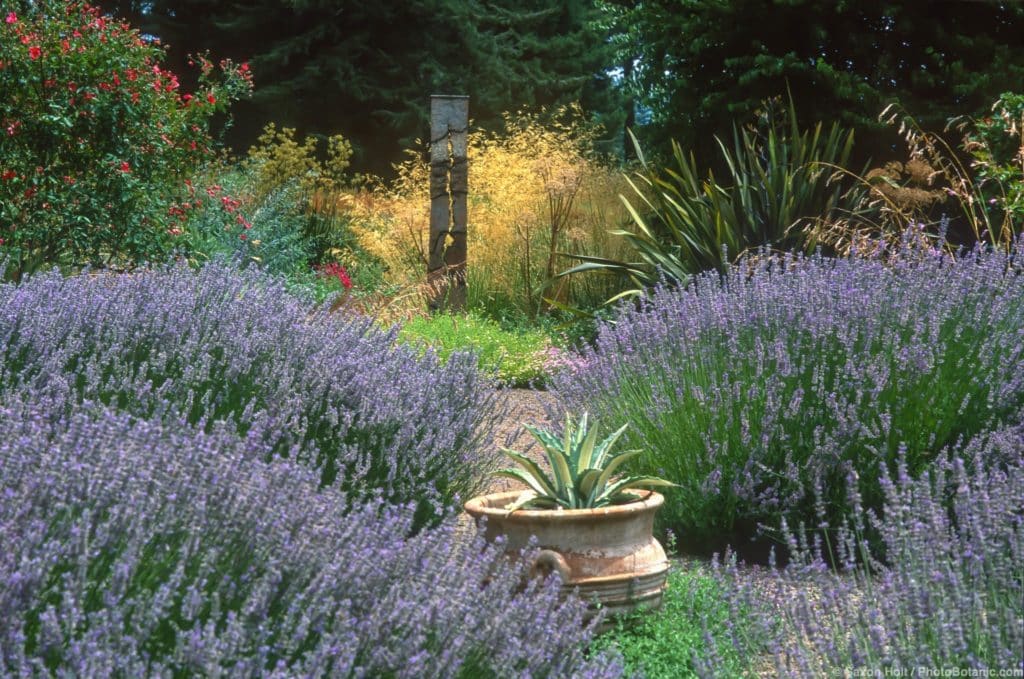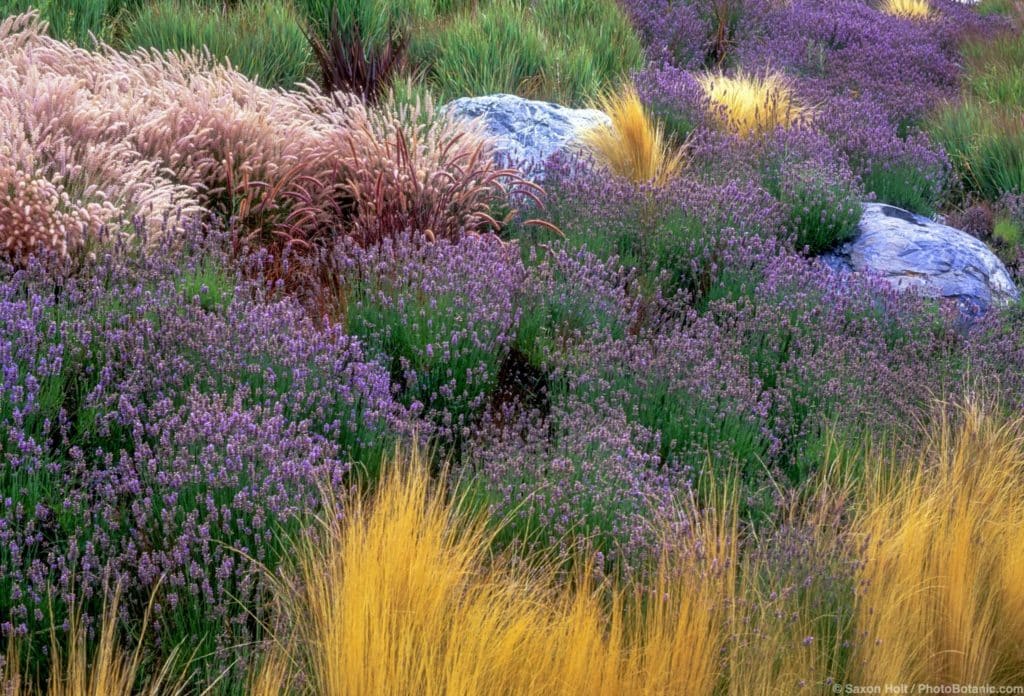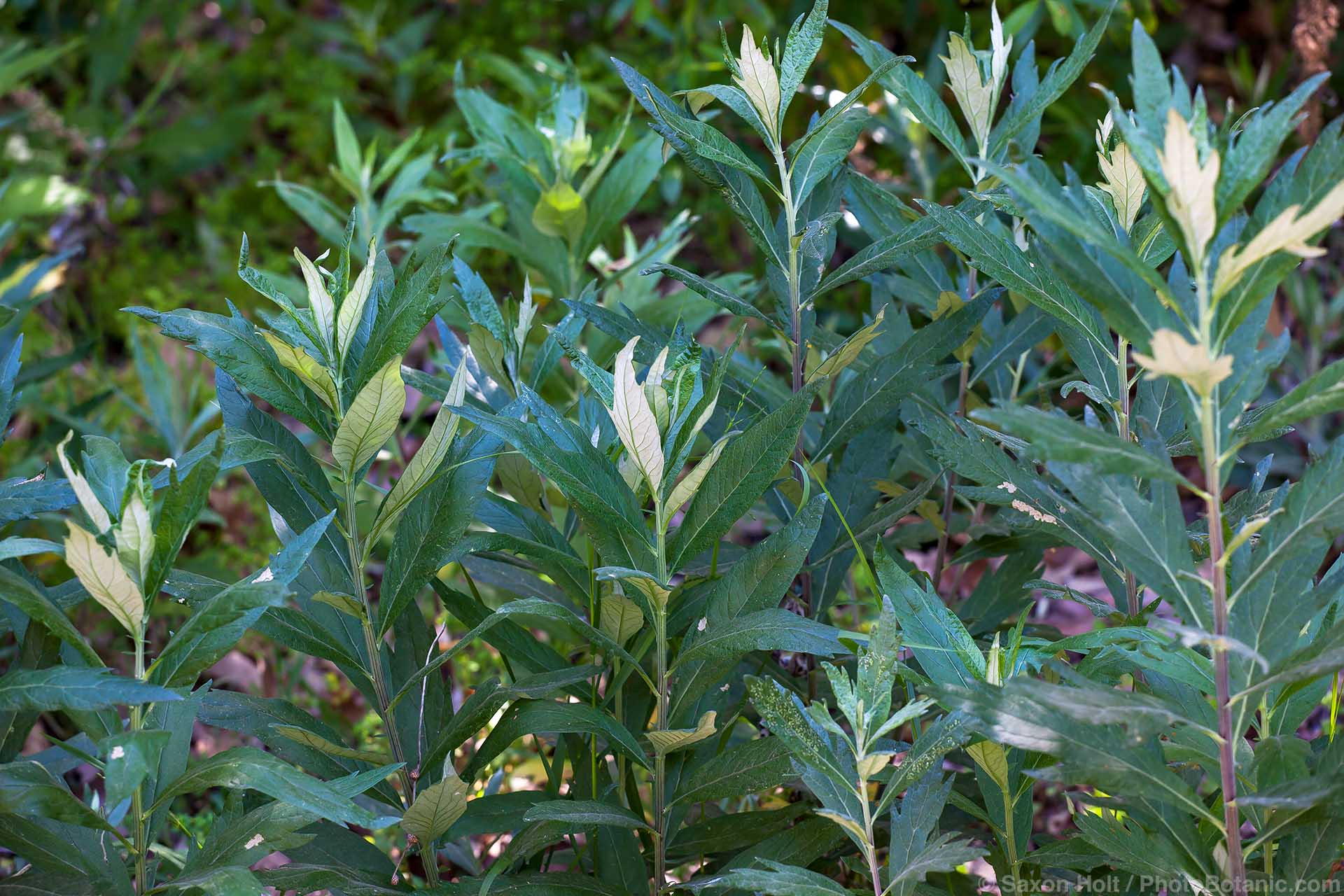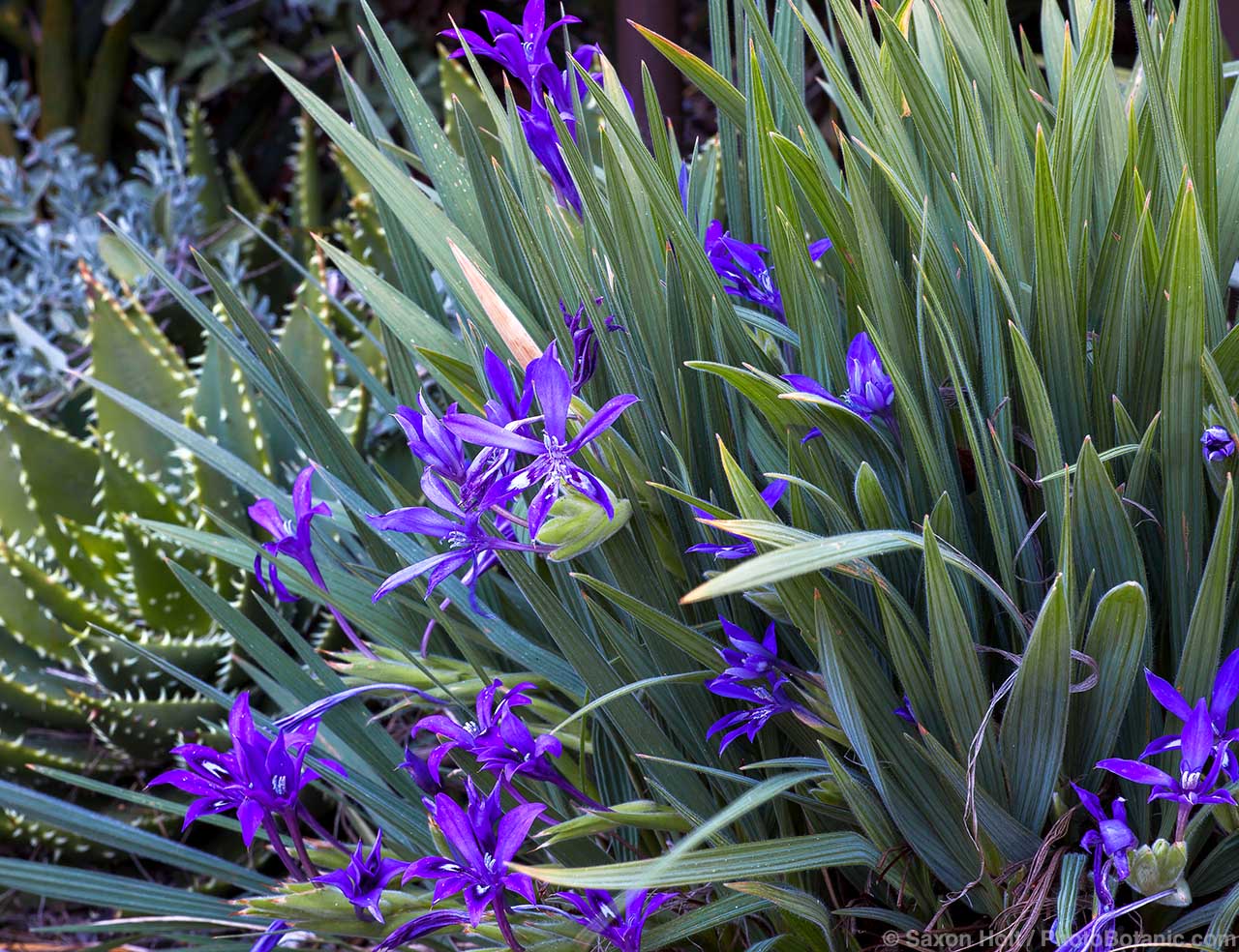Lavenders
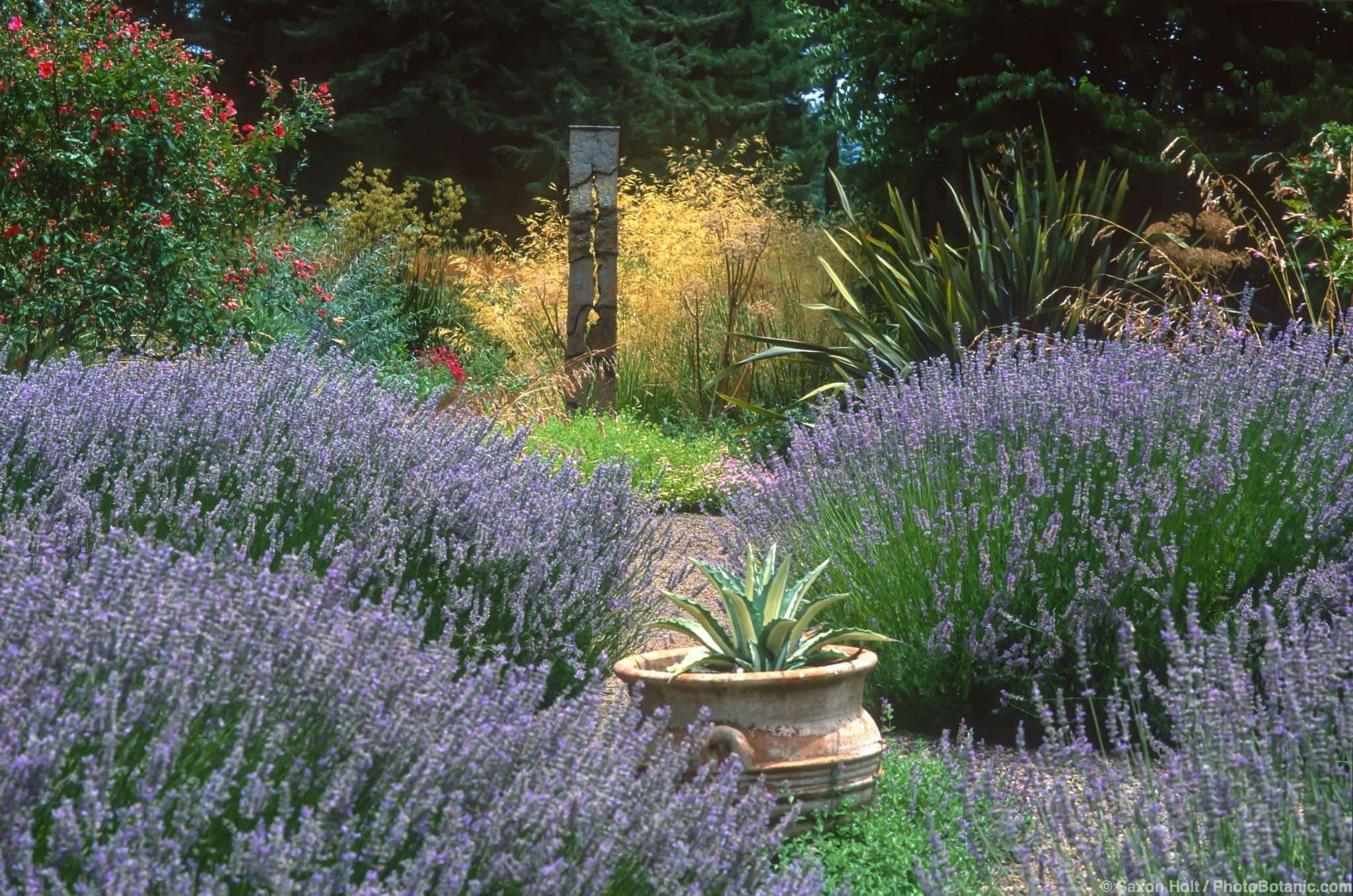
Share This!
Lavenders are so at home in California that it’s hard to believe they’re not native here.
Lavenders have green to grayish green or silvery gray, narrow, softly toothed or smooth margined aromatic leaves and upright stems of tubular lavender, purple, pink, or white flowers. There are many species and dozens of named varieties in the trade.
The best known and most widely grown is English lavender (Lavandula angustifolia), a woody perennial subshrub, two to three feet tall and four feet wide, with long, narrow, silvery gray, softly downy leaves and airy spikes of pale lavender flowers in summer.
Most English lavenders available today are cultivated varieties. ‘Hidcote’ is smaller than the species, one to two feet tall and wide, with rich blue-purple flowers. ‘Hidcote Pink’ has pink flowers. ‘Munstead’ is a dense and rounded shrub, 18 inches tall by two feet wide, with lavender-blue flowers and gray-green, smooth margined leaves.
A vastly different lavender, commonly available in nurseries today, is Spanish lavender (Lavandula stoechas). This is not your grandmother’s lavender. It is much chunkier in bloom, way more “look at me” than other lavenders that blend subtly into garden compositions.
Spanish lavender, sometimes called French lavender, has downy gray leaves and blooms from spring to fall in warm climates. The tiny purple flowers are borne on cone-shaped heads topped by outrageously prominent feathery pink to purple bracts.
There are many named varieties of Spanish lavender, including ‘Otto Quast’, one to two feet tall by two to three feet wide, with tiny dark purple flowers and pinkish purple bracts, and ‘Alba’ with creamy white flowers.
Lavandula x intermedia supposedly has the common name of lavandin, but no one I know calls it that. This plant has broader leaves than most lavenders and bears flowers on long stems from summer to fall. The lavandin variety ‘Grosso’ is two to three feet tall and wide, with unusually fat flowering heads and dark violet-blue flowers. ‘Provence’ bears lavender-blue flowers on long stems.
French lavender (Lavandula dentata) is three feet tall by four feet wide, with narrow green leaves, toothed on the margins, and compact heads of pale lavender flowers on short stems. ‘Goodwin Creek Grey’ is a fine-looking hybrid of French lavender, two feet by three feet, with exceptionally silvery leaves and grayish lavender flowers.
Lavenders naturally become woody and rangy over their otherwise long lives. If you want to keep them dense and mounding, you should treat these shrubs as kitchen herbs, which some, but not all, of them are. Cut plants back the first year after flowering. Continue to “harvest” every year, cutting back up to a third of new growth for maximum flowering and to maintain the mounding habit. Replace plants that become lanky or unkempt, usually after four or five years.
Plant in full sun, provide decent drainage, don’t overwater in summer, and don’t fertilize.
Bees, butterflies, and hummingbirds are attracted to lavenders, while deer generally avoid them.
Share This!
Related Articles
By: Nora Harlow
By: Nora Harlow
By: Nora Harlow


